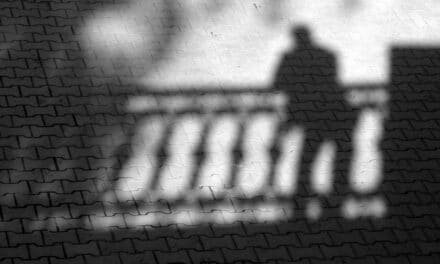A large pool of undiagnosed patients and the growing population of the elderly in both Europe and North America point to a massive end-user market for sleep disorder diagnostic devices.
New analysis from Frost & Sullivan US & European Market for Sleep Disorder Diagnostic Devices finds that the market earned revenue of $95.6 million in 2013 and estimates this to reach $125.8 million in 2017.
The diagnostic devices covered in this research include clinical polysomnogram (PSG) and ambulatory PSG systems.
Information technology is playing an increasingly important role in the transformation of the sleep disorder treatment market. Disruptive technologies that are patient friendly, easy to operate, and safe are finding considerable uptake among elderly patients considering their interest in alternatives to medications and traditional sleep disorder tests.
“There is a growing demand for devices that offer integration and connectivity in sleep centers and home settings,” says Frost & Sullivan Healthcare Research Analyst Akanksha Joshi, in a release. “In this environment, cloud-based services could very likely change the dynamics of the market.”
Another factor that could tip the balance in favor of home care devices is the limited availability of technicians, which leads to long waiting times, according to Frost & Sullivan. The lower rate of specialized physicians also reduces the total number of tests being conducted, thus reducing the number of sleep centers. Furthermore, the market is grappling with the issue of inadequate numbers of technically sound sales personnel, which lowers the number of units sold, the report says.
Despite these considerable challenges, participants can shore up their sales by addressing the specific needs of the elderly. Manufacturers are already collaborating with sleep centers, primary care physicians, and third-party companies that facilitate the renting of devices to satisfy market needs and build robust relations with customers.
“Vendors that offer self-help devices have the potential to erode the share of sleep centers that offer sleep tests, as self-help technology can decrease the number of visits to physicians and overnight stays in clinics,” Joshi says. “Overall, a manufacturer that offers accurate data through real-time device connectivity involving the insurer and physicians as well as a precise predictive model for better patient outcomes will elicit greater interest in its product line.”


